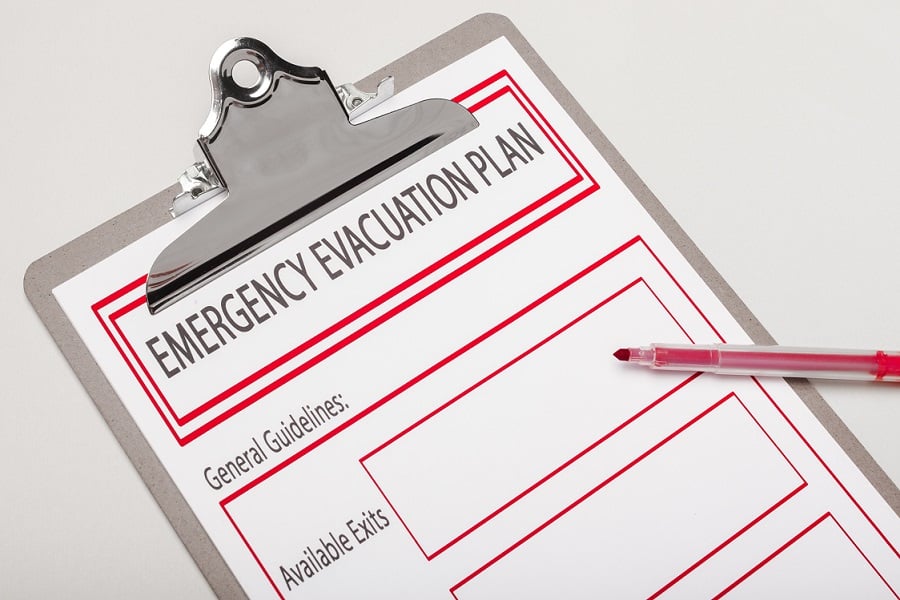
The dire consequences of Australia’s Black Summer bushfires in 2019-2020 remain a tragic legacy. There were around 24 lives and countless wildlife lost, 2,448 homes, up to 6,000 buildings and millions of hectares destroyed as a result of partially preventative measures.
And with spring and summer temperatures set to soar in the Southern Hemisphere, protecting loved ones and assets is our number one priority.
In light of the Victorian Black Friday bushfire tragedy of 2009, the CSIRO produced a paper outlining the features of a house with high fire resistance. Major factors included steel wall frames, with gypsum board linings for further protection, concrete slab floors, eliminating timber in the roof and brick-veneer external cladding.
This doesn’t mean that danger is imminent to those in bushfire-prone areas — the only certainty is that homeowners should be well prepared for fire season.
Expect the unexpected
Where you live will dictate what to do before, during and after a fire.
For example, those close to paddocks or grass should be wary that grass fires can travel up to 60km/h, and that grass taller than 10cm will have a higher flame height and intensity (radiant heat).
In preparation, create fuel breaks around your property and the assets you wish to protect. If caught, move somewhere with minimal vegetation such as a well-grazed paddock.
If you live in an urban area near grasslands, walk at least two streets back if a fire starts. If you live one or more streets away, grassfire is unlikely to spread into built-up areas. But stay indoors and keep all windows and doors closed, place towels or blankets around the bottom of doors and window sills, and don’t use your air-conditioner.
Practise makes perfect
As with most things in life, planning for an outbreak of fire is the key.
“Fire by its very nature is unpredictable and difficult to control, especially on hot, dry, windy days,” the Country Fire Authority advises. “Not everyone thinks clearly in an emergency. A written and preferably well-practised plan will help you remember what needs to be done during a crisis.”
Perhaps the decision about when to leave is the most critical one you can make as a family. As the CFA maintains, it is by far the safest option to protect yourself.
This should include staying informed by monitoring conditions and tuning into an emergency broadcaster via radio.
Leaving early means being away from high-risk areas before any signs of fire. It includes not waiting for a warning, smoke or a siren.
The alternative action of staying put should be pre-determined and well planned.
For example, planning to stay to defend your property requires at least two fit adults, at least 10,000 litres of water and appropriate firefighting hoses and pumps.
Last, but not least, always have a backup plan. Having a plan that identifies your shelter and last-resort options may just save your life.
Be prepared
—Pack an emergency kit (including pet transport containers) and leave it in a handy place.
—Scan important documents and photos and store them on a USB.
—Buy a battery-operated radio, torch and extra batteries.
—Save important contact numbers on your phone, including family and emergency contacts.
—Mark your escape routes and petrol stations on hard-copy maps.
—Arrange in advance with neighbours how you can help each other.



